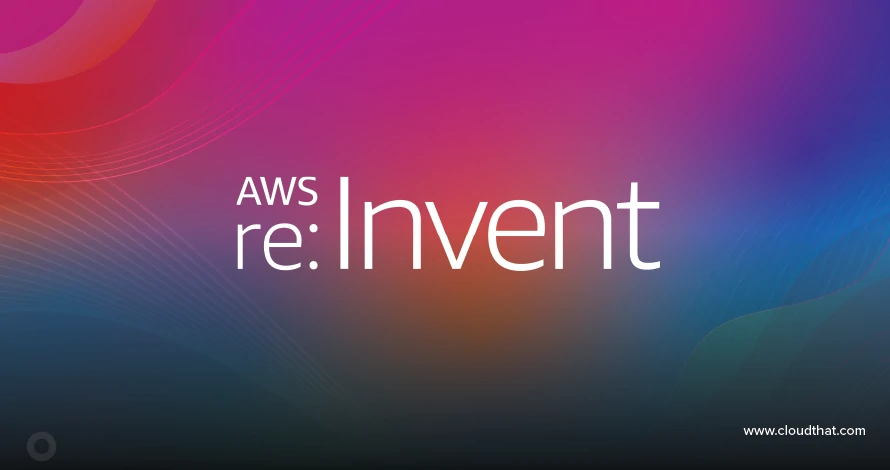|
Voiced by Amazon Polly |
Overview
In today’s era of cloud computing, organizations are increasingly embracing multi-cloud strategies, harnessing the unique capabilities and services offered by multiple cloud providers. Microsoft Azure and Amazon Web Services (AWS)= are giants, each providing many tools and services to meet diverse business needs. However, establishing a secure and efficient connection between Azure and AWS is essential for organizations operating across these clouds. In this blog, we will delve into the step-by-step process of setting up a Virtual Private Network (VPN) connection between Azure and AWS.
Pioneers in Cloud Consulting & Migration Services
- Reduced infrastructural costs
- Accelerated application deployment
The Need for an Azure to AWS VPN
Establishing secure, private, and efficient communication between these clouds becomes paramount when organizations operate in multi-cloud environments. A VPN connection between Azure and AWS serves several critical purposes:
- Data Transfer: It enables secure data transfer between Azure and AWS resources, which is vital for applications spanning multiple clouds.
- Hybrid Architectures: It facilitates the creation of hybrid architectures, allowing organizations to leverage the strengths of both Azure and AWS while maintaining a seamless and secure communication channel.
- Redundancy and High Availability: It enhances redundancy and high availability by distributing resources across multiple cloud providers, ensuring business continuity even in cloud provider outages.
- Compliance and Security: It helps meet regulatory and compliance requirements by ensuring data privacy and security when transferring sensitive information between clouds.
Step-by-Step Guide
Step 1: Prepare Your Azure and AWS Environments
Before you begin the VPN setup, ensure that you have the following prerequisites in place:
- Azure Account: Access to an Azure subscription with appropriate permissions.
- AWS Account: An active AWS account with relevant access rights.
- Virtual Networks: Defined virtual networks in Azure and AWS that you intend to connect.
- Public IP Addresses: Public IP addresses for Azure Virtual Network Gateways and AWS Virtual Private Gateways.
- Network Security Groups (NSGs): Properly configured NSGs to allow VPN traffic.
Step 2: Create a Virtual Network Gateway in Azure
- Log in to your Azure portal.
- Navigate to the desired virtual network.
- Click on “Create a resource,” search for “Virtual network gateway,” and create a new gateway.
- Configure the gateway settings, including the VPN type (route-based or policy-based) and SKU (Standard or High Performance).
- Associate a public IP address with the gateway.


Step 3: Configure an AWS Virtual Private Gateway
- Sign in to your AWS Management Console.
- In the AWS navigation menu, go to “Virtual Private Cloud (VPC).”
- Create a Virtual Private Gateway and attach it to the VPC corresponding to your AWS resources.

Step 4: Create Customer Gateway on AWS
- In the AWS VPC dashboard, navigate to “Customer Gateways.”
- Create a new Customer Gateway and specify the public IP address of the Azure Virtual Network Gateway.

Step 5: Establish a VPN Connection in AWS
- While in the AWS VPC dashboard, go to “Site-to-Site VPN Connections.”
- Create a new VPN connection and associate it with the Customer Gateway created in the previous step.
- Configure the tunnel settings, including the pre-shared key.

Step 6: Configure Connection in Azure
- In Azure, go to the virtual network gateway settings.
- Under the “Connections” section, click “+ Add” to create a new connection.
- Provide the connection details, including the IP address of the AWS Virtual Private Gateway, and specify the shared key.
- Configure the BGP settings if required for dynamic routing.
Step 7: Create a Local Network Gateway in Azure
- In Azure, create a local network gateway representing the AWS network.
- Define the IP address of the AWS Virtual Private Gateway and the address space of the AWS VPC.

Step 8: Establish a VPN Connection
- Once the configurations are in place, the VPN connection between Azure and AWS should start establishing automatically.
- Monitor the connection status in both the Azure and AWS consoles.

Step 9: Test and Troubleshoot
- Validate connectivity by attempting to access resources across the VPN connection.
- Check logs and diagnostic information in case of connectivity issues.
- Adjust NSG rules and routing configurations as needed.
Step 10: Monitor and Optimize
- Regularly monitor the VPN connection status and bandwidth usage.
- Optimize the VPN connection based on performance metrics.
- Consider using monitoring tools from both Azure and AWS for better insights.
Conclusion
Setting up a VPN connection between Azure and AWS is critical in building a secure and efficient multi-cloud architecture. This connection enables seamless communication between resources in both clouds while maintaining the highest level of security. By following the steps outlined in this guide, you can establish a reliable VPN connection that empowers your organization to leverage the strengths of both Azure and AWS, driving innovation and growth in the multi-cloud era.
Drop a query if you have any questions regarding VPN connection between Azure and AWS and we will get back to you quickly.
Making IT Networks Enterprise-ready – Cloud Management Services
- Accelerated cloud migration
- End-to-end view of the cloud environment
About CloudThat
CloudThat is an award-winning company and the first in India to offer cloud training and consulting services worldwide. As a Microsoft Solutions Partner, AWS Advanced Tier Training Partner, and Google Cloud Platform Partner, CloudThat has empowered over 850,000 professionals through 600+ cloud certifications winning global recognition for its training excellence including 20 MCT Trainers in Microsoft’s Global Top 100 and an impressive 12 awards in the last 8 years. CloudThat specializes in Cloud Migration, Data Platforms, DevOps, IoT, and cutting-edge technologies like Gen AI & AI/ML. It has delivered over 500 consulting projects for 250+ organizations in 30+ countries as it continues to empower professionals and enterprises to thrive in the digital-first world.
FAQs
1. What types of VPN connections can I set up between Azure and AWS?
ANS: – Azure and AWS support standard VPN protocols, such as IPsec, for secure connections. You can choose from route-based or policy-based VPNs based on your requirements. Consult the documentation of both platforms to determine the best choice for your setup.
2. How do I monitor the VPN connection's health and performance?
ANS: – Azure and AWS provide monitoring and diagnostic tools to assess the health and performance of your VPN connection. You can monitor metrics like bandwidth utilization, latency, and packet loss. Additionally, you can set up alerts to be notified of any issues.

WRITTEN BY Kishan Singh
Kishan Singh works as Research Associate (Infra, Migration, and Security) at CloudThat. He is Azure Administrator and Azure Developer certified. He is highly organized and an excellent communicator with good experience in Cyber Security and Cloud technologies. He works with a positive attitude and has a good problem-solving approach.


 Login
Login


 September 20, 2023
September 20, 2023 PREV
PREV










Comments